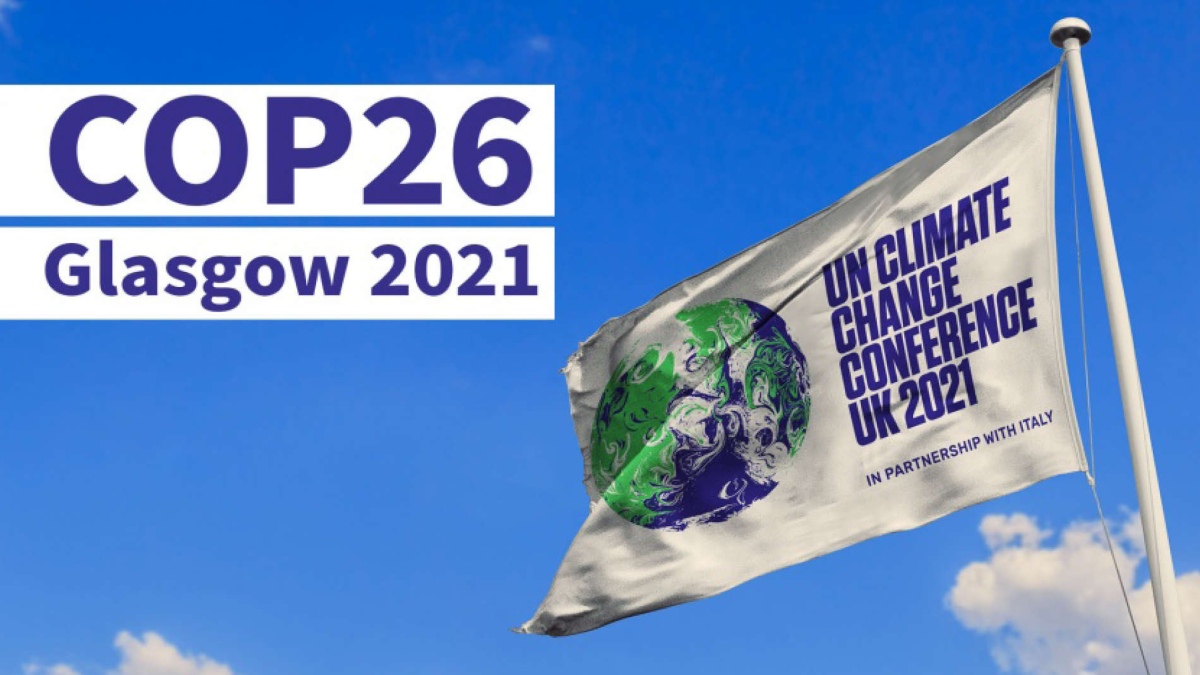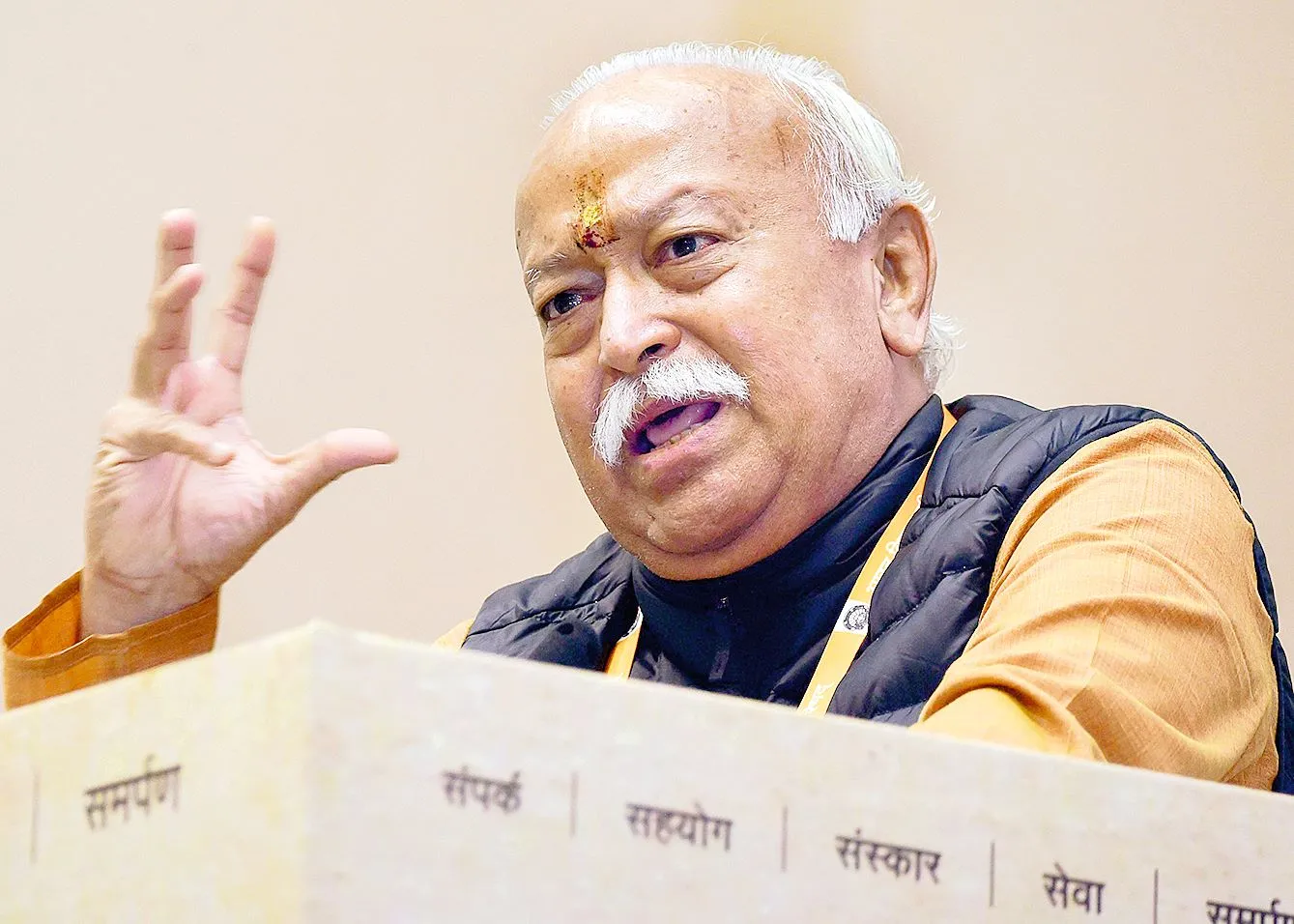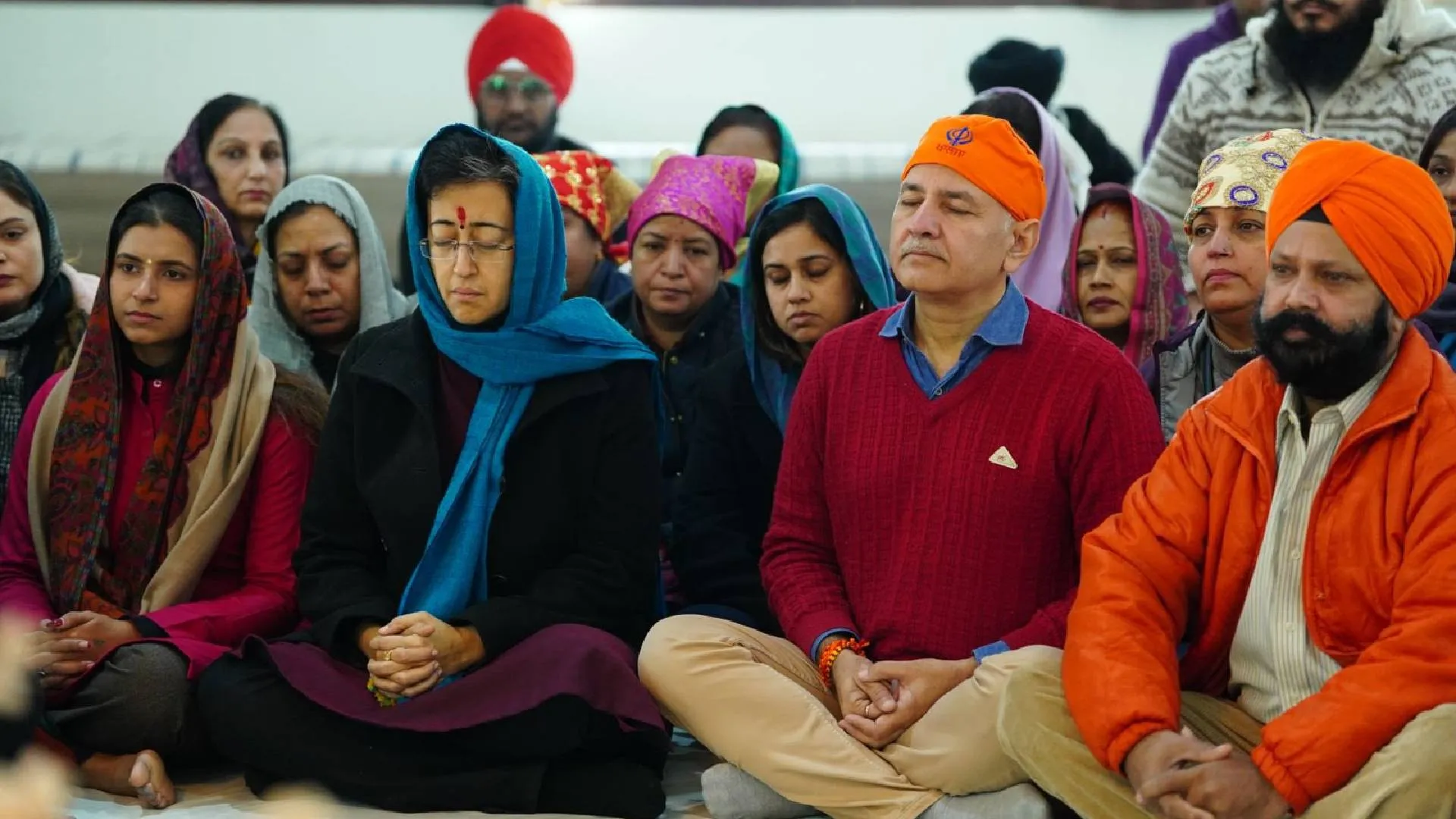The 26th Climate Change summit, called COP26 (Conference of Parties) started its proceedings on the 31st of October and continued the discussions up to the 12th of November. After a lot of haggling for two weeks, the conference produced the Glasgow Climate Pact (GCP). The media, as a whole, has dubbed the pact as a weak narrative belying the hopes, aspirations, and ambitions of those who are concerned about the catastrophic future of the earth due to the drastic changes in the climate patterns, leading to the triple problems of floods, droughts, and cyclones as a result of global warming. Antonio Guterres, UN Secretary-General, calls the deal “A compromise with welcome steps.” Originally, the conference was called upon to deliberate on three main agendas.
1. That all nations must agree to cut down the consumption of fossil fuels (oil, gas, and coal) to reach the status of Net Zero Emissions (NZE) by 2050. US agreed to abide by the directive to reach the NEZ status by 2050. But China and India agreed to achieve this target by 2060 and 2070 respectively.
2. Both UNFCCC ( UN framework convention on climate change) and IPCC ( Inter-governmental panel on climate change) had discovered that the safe value of the rise of global temperatures to prevent or avoid perceptible changes in climate cycle or pattern was 1.5 C and was likely to reach around 2050. This value of temperature rise can be stabilised provided all nations decide to gradually cut down the present level of consumption of fossil fuels to reach the Net Zero Emissions (NZE) status by the year 2050 after switching on to new renewable or non fossil fuels (nuclear or hydrogen fuel) sources of energy. Accordingly, all nations submitted their updated targets to develop alternate sources of energy by 2030 keeping in mind complete achievement of NZEs status by 2050. Indian targets were declared on the floor of the house by the Prime Minister in person.
The annual consumption of these three types of fossil fuels produces 50 billion tonnes of GHGs; Carbon dioxide being the principal component. China produces 31% emissions followed by US(16%) and India(5%).These three countries together produce 52% of the global emissions while 30 top consumer countries (G30) produce 90% of the global emissions. So it would have been much better if UNFCC and IPCC concentrated on G30 countries and leave the rest 165 who hardly consume 10% of the fossil fuels per year. In fact, many countries like Bhutan have already reached the NZE status and some are about to reach it.
The concept of NZEs does not mean that consumption of fossil fuels will be reduced to zero. It only means the following: The total amount of emissions of GHGs (calculated in terms of CO2 equivalent) from fossil fuels is equal to the amount of CO2 absorbed by the forests, crops, carbon sinks, and by new and old technologies of sequestering CO2 to be used for commercial uses.
The basic mistake made by UNFCCC and IPCC is that both did not calculate the values of the two sides of the equation for individual countries of the G30 group. This calculation would have enabled the major emitters to know the extent to which the consumption levels of fossil fuels by the years 2030 and 2050 needs to be reduced. Consequently, the individual nations could expand the forest areas to maintain a higher value of consumption of fossil fuels. The World Energy Outlook report for the year 2021 indicates that nations will have to cut down the 2019 consumption levels of fossil fuels by 50% to achieve the NZE status in 2050. In other words, China and India will have to phase out 50% of their thermal power plants by 2050 and the global consumption of crude oil would be reduced to 50 mbpd. Oil and gas-producing countries are greatly worried about the arrival of this scenario because their prosperity is entirely based on the sale of crude oil and natural gas.
3. In the 2009 climate summit at Copenhagen (COP 15), it was agreed that developed nations would release a sum of $100 billion every year towards the climate-financing fund to enable underdeveloped countries to switch on from fossil fuel energy sources to alternate sources of energy. This fund never arrived from the wallets of the rich nations and the progress of transition of energy from one side to another never picked up. India was at the forefront to take up the cause of the underdeveloped nations to compel rich nations to contribute the arrears of $ 1.0 trillion towards the climate financing fund.
THE AGREEMENT DRAFT
The Glasgow Climate Pact contains the following three features in response to the three principle issues raised above:
1. All nations agreed to focus on sticking to the Paris conference (CP21) goal of limiting the temperature rise to 1.5 C from the preindustrial levels due to global warming caused by GHG emissions. But the draft is totally silent whether countries like China and India are bound to reach NZE status by 2050 or not. Reaching NZEs by 2050 is the soul or essence of the Combating Climate Change Movement (CCCM) and the COP 26.
2. All major emitter countries of GHGs (read G30 countries) will scale up and resubmit their NDCs (nationally determined contributions) or targets for cutting down the consumption levels of fossil fuels for the year 2030 along with pathways to reach NZE status by the year 2050 in COP27 to be held next year in Egypt. India had declared that it would be able to develop 500 GW of renewable or green energy by 2030. No other country had made such an ambitious announcement.
All countries agreed to phase down the unabated coal power and fossil fuel subsidies in line with the coal use by the poor and vulnerable sections of society. The term ‘phase out coal’ was replaced by ‘phase down coal’ at the instance of India, China, and Iran. India considers this change of terms as a great diplomatic victory though the change of terms does not mean much because the NZE targets do not ask for zero consumption of fossil fuels.
3. Only a perfunctory clause was added in respect of the commitment of rich nations to pay the arrears due to the commitment made in COP9 to contribute $100 billion per year towards the climate financing fund. Now the draft says, “The member nations urge the rich nations to start the contribution fresh from now onwards till 2025 and then double the amount of contribution ($200 billion per year) from that year.” The term ‘urge’ instead of a firm direction makes the draft greatly watered down. It is not understood how the underdeveloped countries agreed to accept this clause without a firm assurance from the rich countries even though they are signatories to this draft as they were in 2009.
FLAWS IN THE APPROACH
Both UNFCCC and IPCC, the two main drivers of the Combating Climate Change Movement, have adopted a flawed approach to take the nations towards the goal of Net Zero Emission status by the year 2050. The key points of the flawed approach are enumerated below:
1. UNFCCC and IPCC should have first concentrated their efforts on reducing the consumption of fossil fuels of G30 countries (who presently consume 90% of the fossil fuels), and also hold discussions with them individually, to find out to what extent each country is really in a position to reduce the fossil fuel consumption without jeopardising the economic growth and then fix the NDCs targets for the year 2030. This exercise will greatly avoid the bickerings during the discussion during the next summit.
2. Combustion of fossil fuels presents three problems simultaneously I.e. air pollution, climate change, and depletion of resources. Air pollution has become the most serious problem at the moment. But both UNFCCC and IPCC never talk about this great health hazard. China is burning 11 million tonnes of coal and 14mbpd of oil daily (half of the global consumption) and people are facing very serious health problems in most of her big cities. India too is facing identical problems of air pollution in big cities due to vehicular emissions and Supreme Court is now taking the Delhi government to task. Likewise, depletion of these vital resources will be a big problem to be faced by the next generations. Chinese coal at the present rate of consumption will not last more than 30 years. Likewise, 60 billion tonnes of extractable coal reserves in India will not last more than 70 years. If all three issues are highlighted simultaneously, all nations will show more promptness to reduce the consumption levels.
3. Every country has its limitations in developing renewable resources of energy. Many G30 countries like Japan do not have hydropower potential. European countries do not have enough clear sky days to generate solar power during the five winter months of the year. India has very scarce potential for generating wind energy. Therefore, the two UN bodies should assess the renewable energy potential while fixing the targets.
4. The COP26 agreement only talks about reducing coal consumption whereas combustion of oil produces very obnoxious gases like SO2, NOx, and lead oxide. The major cause of severe air pollution in the cities with concomitant health hazards is vehicular emissions. Therefore, equal stress should be given to replace the existing fleet of cars and small size trucks with electric vehicles and transfer an appreciable part of the freight and passenger load of trucks and buses to the railways.
5. Use of nuclear power and hydrogen fuel can be good substitutes for replacing fossil fuels. But people do not allow the setting up of nuclear power plants after the explosion in a nuclear power plant in Japan. Research on developing hydrogen fuel is still in the embryonic stage. Therefore, G30 countries need a rethink on the use of nuclear power and should provide more funds to the development of hydrogen fuel.
6. 166 countries with very low consumption of fossil fuels discovered and cried out in the conference that real culprits of triggering climate change are 30 countries (G30) who consume 90% of the fossil fuels and release an equal amount of emissions. But the climate change does not limit the climatic upheavals to these G30 countries alone and sweeps the entire world. So they, G166, are suffering because of the brazen and profligate use of fossil fuels consumed by G30 countries to sustain their prosperous economies and leaving very little for future generations. But their genuine cry was heard and yet ignored.
It is because of this flawed approach of UNFCCC and IPCC that Combating Climate Change Movement has not gained the required momentum even after the 24 years of the Kyoto protocol. The pact reached at Glasgow on 14 November is rightly called an agreement better than no agreement. The only achievement of this conference has been to postpone its three main agendas to the next year’s conference (COP27) to be held in Egypt.
The writer is a retired Engineer-in-Chief of Public Health Department Haryana and has had an illustrious career for 34 years. Views expressed are the writer’s personal.























